There are many different finishes to treat and oil wood worktops but how do you know what is best? Below is a full guide on what is the best way to protect kitchen worktops whilst creating a beautiful finish.
Worktop oils are made to protect kitchen wood worktop surfaces and breakfast bars against water, liquid and food spillages. You need a good hard-wearing finish as these surfaces are used on a daily basis for food preparation, dining, cooking and will get regularly cleaned. Without a good protection, your wood will become marked, damaged and will eventually become beyond repair.
What is the best finish for Wood Worktops?
There are many finishes to choose from and what you choose will often depend on the type of wood that you are treating. You can choose either an Oil, Varnish, Lacquer or wax but they all have pros and cons.
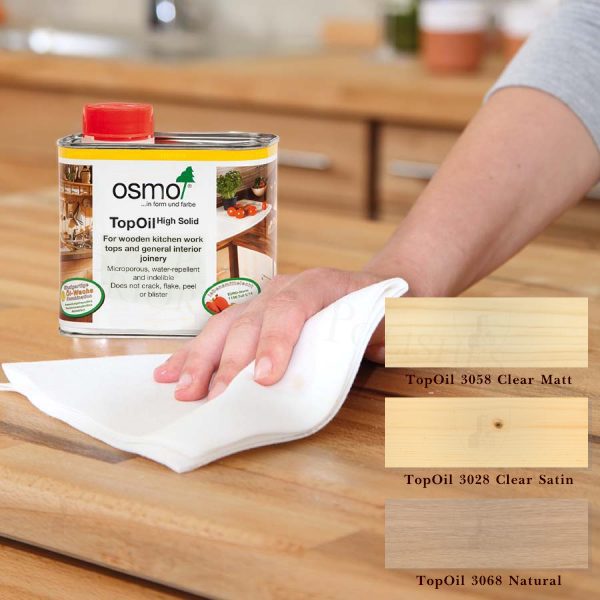
The best overall choice in our opinion would be Osmo Top Oil as it can be used on many different woods from Oak, Pine, Spruce, Beech, Ash, Alder, Birch and Larch. It also comes in a variety of different tinted shades so you can add your own unique touch whilst also adding a hard wearing finish that enhances the natural grain of the wood. The only downside to Topoil is that it is not suitable for some hardwoods but Osmo has made an alternative for these species.
For oily hardwood kitchen worktops such as Cedar, Iroko, Mahogany, Teak, Walnut, Sapele, Maple, Bamboo, Acacia, Cherry, Ebony, Cork, Sycamore, Rosewood or Olive then the top oil would not be suitable. For this Osmo has also developed a Wood wax finish ideal for worktops as it is one of the only wax finishes that offers water resistance. Osmo wood wax extra thin can be applied directly onto your worktop with very little preparation needed and once dry it offers a durable finish that will show the beauty of your wood and can add a rich finish.
Another extremely good alternative is Fiddes Hardwax oil. It can be used to create a solid, hard-wearing finish that, like Osmo, can be used to stain your work top to a different colour as it comes in several different tints. I know that this is a very good finish as I personally used this on my worktop around 10 years ago and it is still going strong. Fiddes Hard Wax Oil is made from a mixture of oils and waxes and so will enhance the natural colour of the wood whilst offering a good durability, and water resistance. This is mainly used for lighter woods such as Oak, Ash, Sycamore and Maple.
All of these finishes are food safe when fully dry and are very easy to maintain and restore/repair if the finish gets damaged which is perfect when using on working surfaces.
-
Product on sale
 Fiddes Hard Wax Oil Tints£10.91 – £69.00
Fiddes Hard Wax Oil Tints£10.91 – £69.00 -
Product on sale
 Osmo Top Oil – 500mlOriginal price was: £28.44.£22.40Current price is: £22.40.
Osmo Top Oil – 500mlOriginal price was: £28.44.£22.40Current price is: £22.40. -
Product on sale
 Osmo Wood Wax Finish | Transparent Tones£11.80 – £91.60
Osmo Wood Wax Finish | Transparent Tones£11.80 – £91.60
How to apply an oil finish to a wood worktop
Preparation
If the worktop is new bare wood then a light sand is all you usually need to do to prepare. If you are oiling an old worktop you will need to remove any existing finish by stripping or sanding. Ensure it has been fully de-greased and marks are removed. The worktop should be completely dry or the oil will not penetrate the wood and dry correctly. The surface may need a light sanding and then it should be ready to coat (always test a small area first to ensure the finish is compatible)
Finishing
Applying a good quality hard wax oil is very simple and easy if you use the correct tools. For the best finish, we highly recommend applying the first coat of oil using an Osmo brush. Once this coat is dry proceed to apply two further coats of oil using the osmo easy pads. Ensure all coats are fully dry between coats. If you Oil wood worktops correctly, it will give you a smooth finish that will also be hard-wearing for everyday use.
How to Maintain Wood Worktops
If you have gone to the time and effort to fit a beautiful wood worktop and you have oiled it to a lovely finish, then maintenance is key to keep it in good condition. With all finishes you need to determine if it needs re-coating or if it simply needs cleaning. There is a simple way to see if it needs a new coat of oil and this is with a ‘water bead test’. Simply add a bead/drop of water to your oiled surface and if the water stays as a bead shape and does not soak into your wood then it just needs cleaning. If the water does not form a bead shape and starts to soak or spread out on the surface then it will need a new coat of oil. Osmo sells a very good spray cleaner or Osmo wash and care for daily maintenance that moisturises the wood surface.
If you have used the wax finish then you may have to sand the affected area before re-applying the finish but always test a small area first.
For any gaps around your worktop we do offer an Osmo gap sealer and this will seal around the edges to stop any water penetration and stop water running down the back of your worktop. Osmo gap sealer is a flexible sealant that is waterproof and comes in a wide range of colours, so you can choose the most suitable with the colour of your timber. .
-
 Osmo Gap Sealer – 310ml£6.99 – £8.99
Osmo Gap Sealer – 310ml£6.99 – £8.99 -
 Osmo Wash and Care – 1 Litre£16.92
Osmo Wash and Care – 1 Litre£16.92 -
Product on sale
 Osmo Anti Bac Wood Cleaner – Kills Bacteria, Viruses & Covid 19 – 500mlOriginal price was: £8.86.£6.97Current price is: £6.97.
Osmo Anti Bac Wood Cleaner – Kills Bacteria, Viruses & Covid 19 – 500mlOriginal price was: £8.86.£6.97Current price is: £6.97.
Can Danish Oil be used on wood worktops?
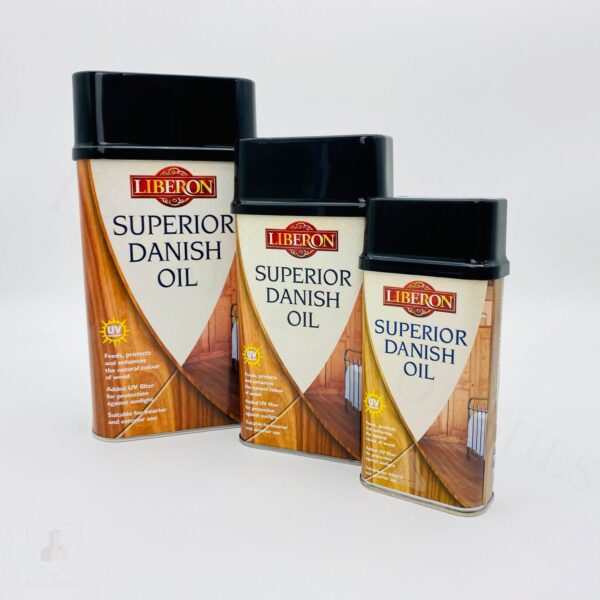
Yes, Danish oil can be used on kitchen worktops and Liberon have a very good product that you can use. Liberon Danish oil is made from natural ingredients and is food safe when fully cured. This is one of the more traditional finishes used on worktops and danish oil has been used for over 100 years for this purpose. The only downside to danish oil, is it takes longer to dry, it will often need many more coats and it is not as good as the above oils. The hard wax oils (as mentioned above) only need two brush coats or for a smoother finish, a brush coat and two applications with an osmo easy pad for a very smooth durable finish.
Can Varnish be used on a worktop?
Yes, Varnish can be used on worktops and this can create a smooth, durable, very hard finish but the biggest downside to a varnish is it is difficult to repair if it gets marked or damaged. Over time Varnish will slowly get worn and the finish will break down. As the varnish breaks down and becomes damaged, it will let moisture go beneath the finish and this will penetrate the wood. This can lead to black staining, wood rot and permanent damage. It will also lead to the varnish finish cracking and flaking off the wood over time. The only way to repair this would be to completely sand or strip off the old varnish and then re-coat. This is why I would recommend using the Osmo top oil as this will not crack, peel or blister and it is very easy to re-coat / repair when needed. If you do decide you want to use a varnish finish, then Rustins do offer a good selection and they also offer a Yacht Varnish that can work on outside worktops. For bars or areas of heavy use I would use a Polyurethane varnish as this is a strong finish but is very difficult to remove if you ever need to.
What is the best finish for an Iroko Worktop?
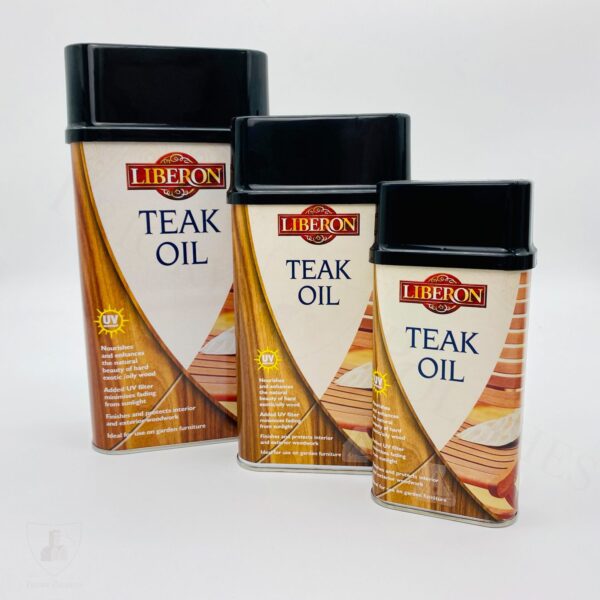
Liberon Teak Oil is a good treatment for Iroko worktops because it has a thin viscosity and this is why it works so well with tight grained hardwoods. It creates a hard wearing satin finish that can be nice to the touch. It will also offer good overall protection but with teak oil it will usually need more regular maintenance and coating than some other finishes. The other alternative is Osmo wood wax finish extra thin as this is perfect for more exotic hardwoods like Iroko. I feel this is a better finish as Osmo wax is a very durable finish and is easy to repair and maintain. You can only use the tinted colours on softer woods so for Iroko wood you need to choose the 1101 Wood Wax extra thin in clear transparent. It will add a warm tone to your timber and is very easy to maintain in the future.
What finish is best for a Bamboo Kitchen Worktop?
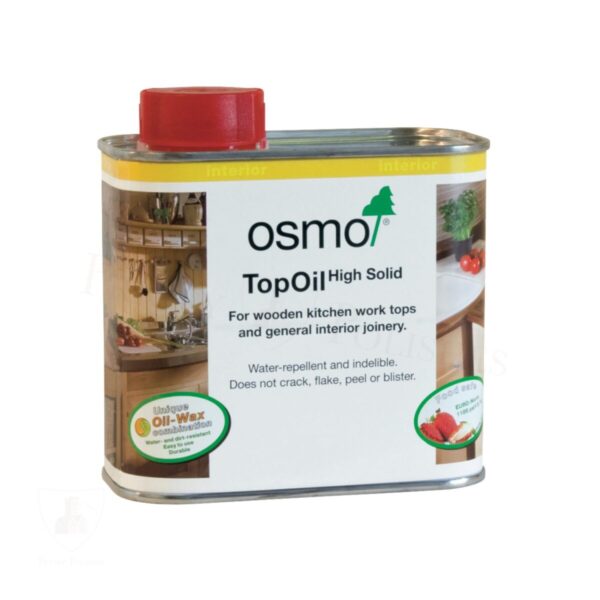
For bamboo worktops, it is usually best to use a good quality wood oil like Osmo as most finishes are water resistant and will create a very durable finish and this is essential with bamboo. If liquid damages bamboo it can be very difficult to repair the wood and it can stain easily if not sealed correctly. Osmo recommends to use wood wax extra thin as most bamboo is made with the combination of glue and resin so makes the bamoo not very absorbant. Wood wax extra thin will easily apply over the bamboo to provide a protective coat. Some of our clients still choose to use Osmo top oil as this is a very durable finish but if you decide on this finish, you need to apply very thinly and usually with an easy pad. If using an easy pad and no brush coats, then four very thin coats are recommended. This will offer a long term durable finish that can be easily re-coated in the future with little maintenance needed. Always test a small area first to ensure it is suitable as it will depend on how your bamboo work top has been made.
How can I remove black stains from my Worktop?
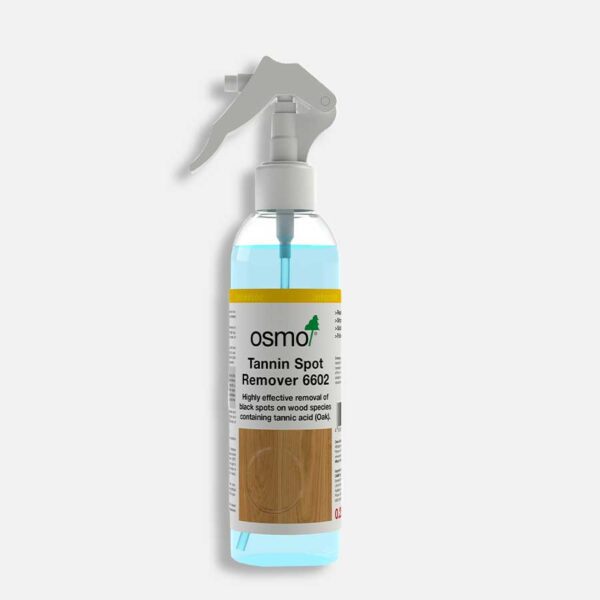
Over time black staining can appear on worktops, especially around taps and sinks due to the wood not being sealed correctly and water seeping into the wood. It can also be caused by metal left on the worktop and the base has been sitting in water causing the oxidation of the metal to stain the wood. If this is left untreated and not repaired, it can cause permanent damage to the wood. This can be treated using something called Osmo tannin remover. This will only work on worktops made from wood species containing tannic acid such as Oak, Walnut, Cherry and Mahogany. Simply remove the existing finish by sanding the wood. Spray the Osmo Tannin Spot Remover evenly onto the black spot areas until the surface is completely covered. Leave to react for around 45 minutes and wipe wipe clean with clear water. If the staining is very bad, you may need to do several applications. Once dry lightly sand before applying Osmo top Oil. For other woods that do not have any tannic acid, you can try to use Liberon wood bleacher as this can help lighten the areas of wood before finishing. You can then Oil wood worktops in the most suitable finish to stop this from happening again in the future. We have a full selection of wood oils available for sale here.
Can you Oil Wood Worktops with an existing finish?
Usually to Oil wood worktops correctly, you will need to ensure you are applying onto a clean unfinished surface. If there is an existing finish, you will usually need to either strip this surface using a wood stripper with a harsh steel wool or sand the wood back before applying the oil. The wood will also have to be de-greased, you can use products like Osmo Brush Cleaner and Thinner or methylated spirits to help with this task. If you have previously coated your worktop with Osmo topoil then it is sometimes possible to repair the existing finish. you can sand areas that have any wear or water marks and then lightly pad over the entire surface. You can apply the top oil in the more worn areas first. Then once these areas are dry, apply oil over the entire surface, usually with an easy pad. This will hopefully work without you having to completely sand back and oil wood worktops from scratch.
-
 Osmo Tannin Spot Remover£16.21
Osmo Tannin Spot Remover£16.21 -
Product on sale
 Osmo Anti Bac Wood Cleaner – Kills Bacteria, Viruses & Covid 19 – 500mlOriginal price was: £8.86.£6.97Current price is: £6.97.
Osmo Anti Bac Wood Cleaner – Kills Bacteria, Viruses & Covid 19 – 500mlOriginal price was: £8.86.£6.97Current price is: £6.97. -
Product on sale
 Osmo Brush Cleaner and Thinner -1 LitreOriginal price was: £12.62.£9.95Current price is: £9.95.
Osmo Brush Cleaner and Thinner -1 LitreOriginal price was: £12.62.£9.95Current price is: £9.95.
With all these methods, always test a small area first to ensure compatibility and you are happy with the final finish. We have all these products available on our website priorypolishes.co.uk and if you have any questions or need any advice please either email or add a comment below.

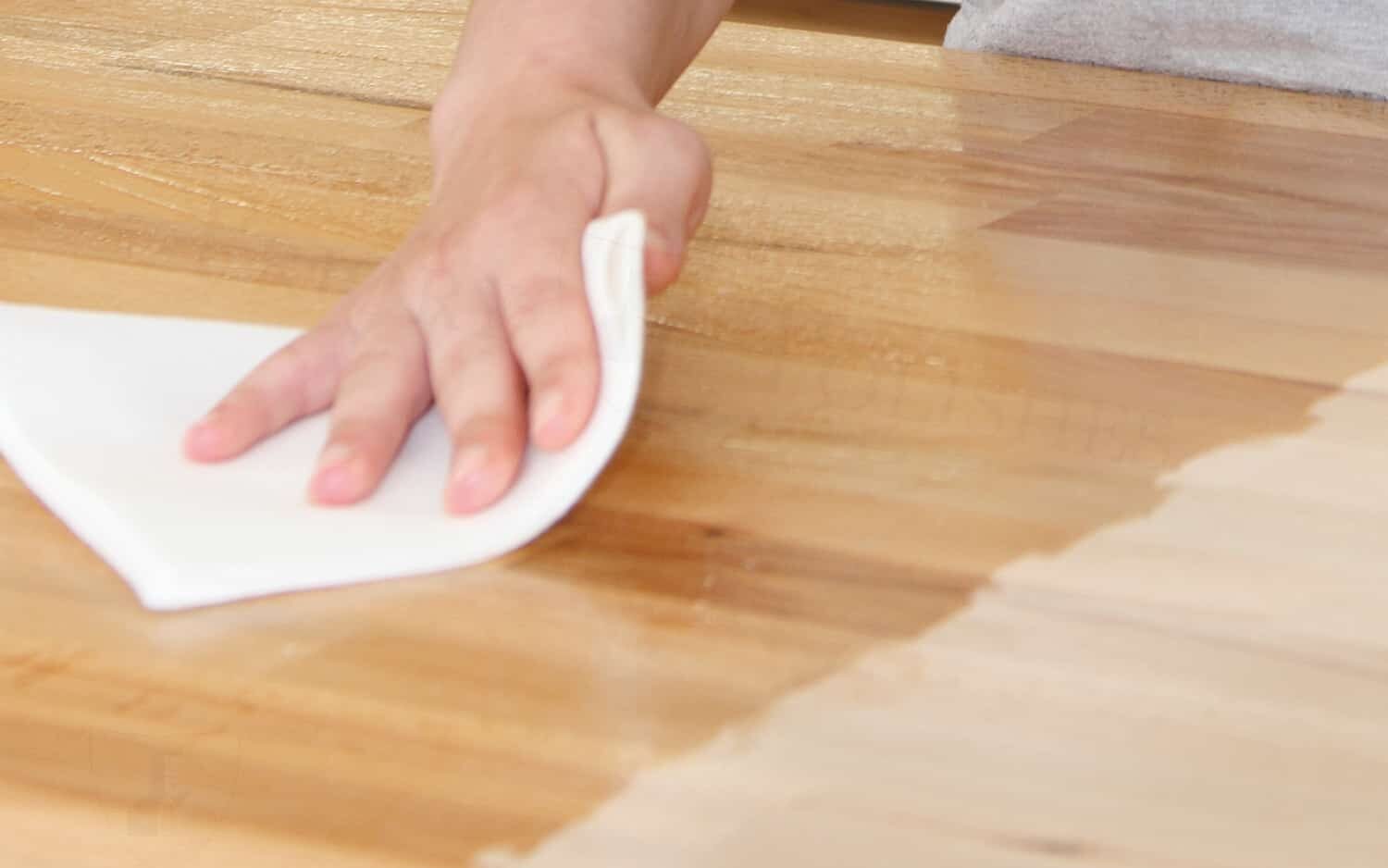
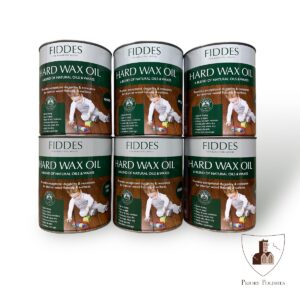
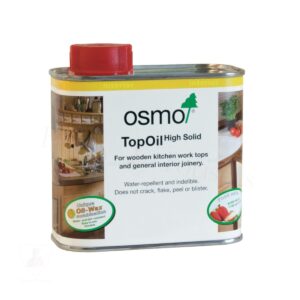
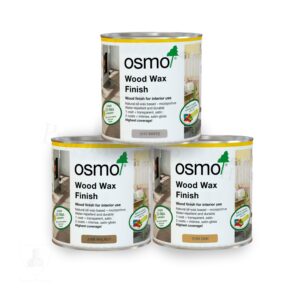
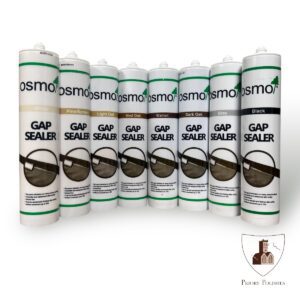
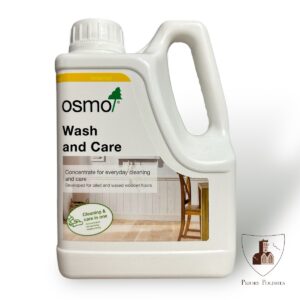
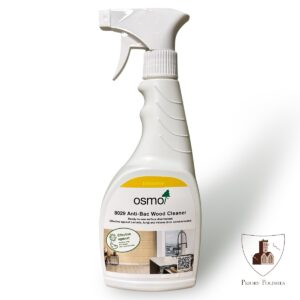
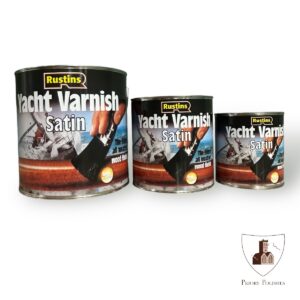
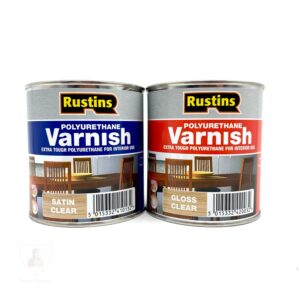
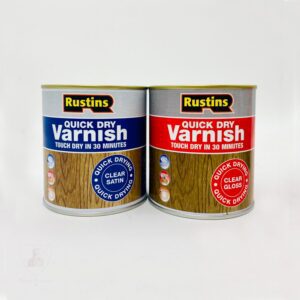
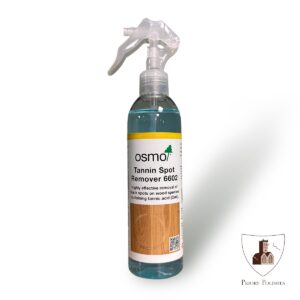
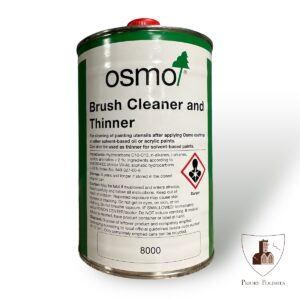
2 Comments. Leave new
Have you ever considered using unconventional finishes like stone floor polish or stove & fireplace maintenance products on your wood worktops for a unique look and added durability?”
Hi, No we only use the correct products to ensure there is no reactions or problems with the finish. I hope this helps 🙂